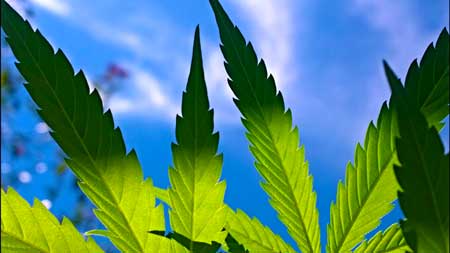this plant gets this wilted look no more than 2 days after watering. (It looked this way yesterday and was watered 12-4. Today is 12-7.) I gave it 750ml on 12-4.
The time before, 11-30, I gave it 1500ml (then waited 4 days until 12-4, before the 750 ml watering). And it was wilted no more than 2 days after watering.
The problem is that the pot still feels heavy when the plant is wilted. I’ve been trying to ignore the wilting and give the plant time to absorb the water, assuming that the (heavy) water is void of oxygen. (The plant always perks up when I water it, but then is wilted again in 2 days or less.) And my other plants don’t wilt nearly as fast.
Any ideas as to what is causing this paradox? Remedies?

Leave a comment: